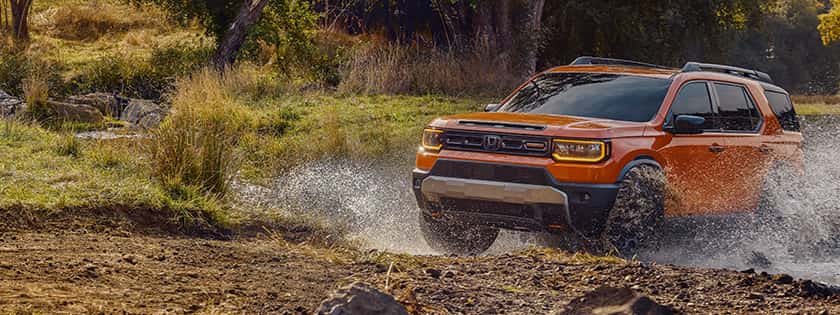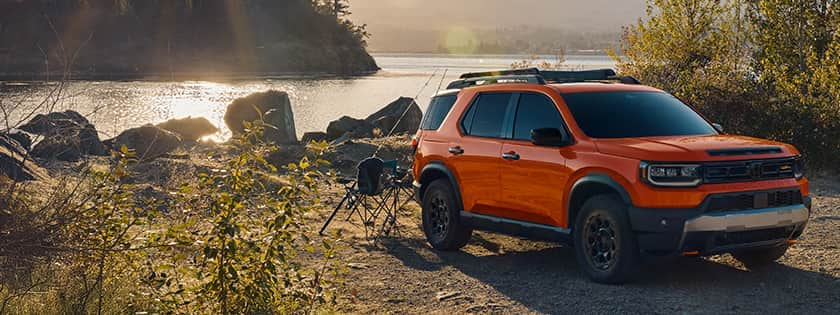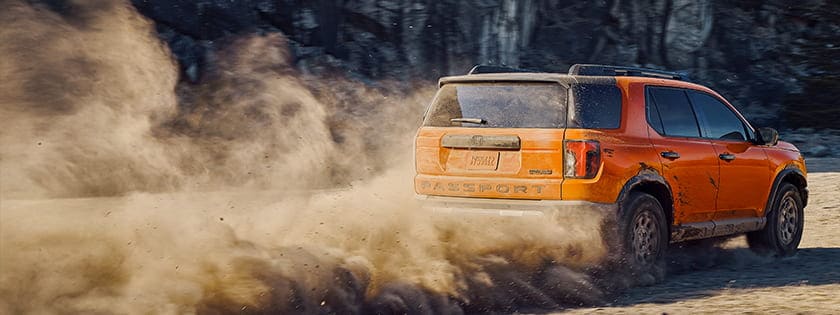Stretching the budget to $10,000 opens up several more possibilities. A 2013-2015 Honda Civic (2015 model pictured above) with around 100,000 miles would be a solid option in this price range, but you may have to travel outside your local city to find the right car.
What about electric cars?
Electric cars have been on sale long enough that there are some good used options available at a price point that won’t shock the family budget. The Chevrolet Bolt, the Edmunds Top Rated EV of 2023, is the best option. The Bolt “combines everything you need and plenty of what you want in an affordable, attainable package,” we wrote back then, and that’s all still true today on the used market. Typical EV caveats apply. Teens who like to take long road trips might be better off with a hybrid, a home charger is necessary for maximum usefulness, and range will drop by a significant margin in the winter. But if around-town driving or commuting to school is the primary function, an EV like the Bolt may be just the ticket for your teen.
Safety is paramount
Remember, today’s cars are multiple times safer than your first car. That’s especially true for new cars, but even 5- to 10-year-old cars typically come with impressive safety ratings and technology. Only cars that got top marks from federal regulators, the insurance industry or both were considered for this list.
One question lingers: Are bigger cars inherently safer? Most experts agree that larger mass affords better protection, but with some caveats. The IIHS, for example, recommends larger, heavier midsize sedans and SUVs, while the Automobile Association of America (AAA) advises against SUVs for teen drivers but does recommend midsize sedans. Both groups agree that small subcompact cars, even those with high crash safety scores, aren’t ideal for new drivers, which is one reason our list starts with compacts and goes up in size from there.
Large SUVs and trucks may appeal to anxious parents, but they are also heavier, require longer braking distances, and are harder to control for new drivers still developing spatial awareness on the road. Older SUVs are also more prone to rollover risk given their taller heights and higher center of gravity. A 2020 NHTSA study found that SUVs were involved in more than 40% of fatal rollover crashes. Today’s compact and midsize crossover SUVs pose less rollover risk thanks to lower heights and more balanced weight distribution.
Ideally, look for the sweet spot in a compact or midsize sedan, hatchback or SUV.
How much engine is enough?
Many automakers are phasing out six-cylinder engines, and many of today’s new cars feature four-cylinder engines, with or without a turbocharger for quicker acceleration. Some make impressive power, but most offer modest punch. The majority of the cars on our list make just enough power for new teen drivers to confidently navigate the highway, without too much to tempt reckless driving. Four-cylinders are also usually more efficient than larger engines. While a six-cylinder engine typically offers more power than new drivers need, we wouldn’t reject one if it came with a promising used car prospect. We’d avoid any V8-powered options. In most cases, it’s too much, too soon.
Old reliable
When it comes to reliability, don’t fixate on the age of a car. Many models between 8 and 12 years old offer solid performance and low maintenance costs. CarMD’s Vehicle Health Index suggests that only 2% of cars from 2019 have concerns sufficient enough to illuminate the check engine light, while the number is still less than 8% for cars from 2015.
It’s also worth visiting a site like J.D. Power if you’ve narrowed in on a promising used car. J.D Power’s reliability ratings measure the dependability of cars three years after initial purchase. New cars certainly hold appeal with attractive warranties, but many cars today are built to remain relatively trouble-free beyond those initial five-year/50,000-mile periods.
There's more to budget for than the initial purchase price
Adding an additional car to your driveway is likely to impact your insurance rate. You'll also have to budget for fuel, maintenance and repair costs. Edmunds' True Cost to Own tool is useful to estimate a car's buying, ownership and operating costs over a five-year period. It can also help you factor in depreciation and any interest on financing and tax credits, if applicable, and forecasts it into five years of total ownership cost.
If you're looking for a newer car for your teen, be sure to check out our list of the best new cars for teen drivers.
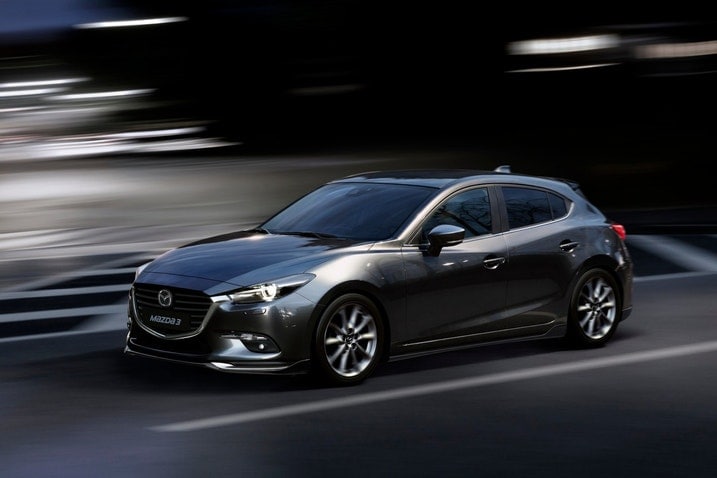
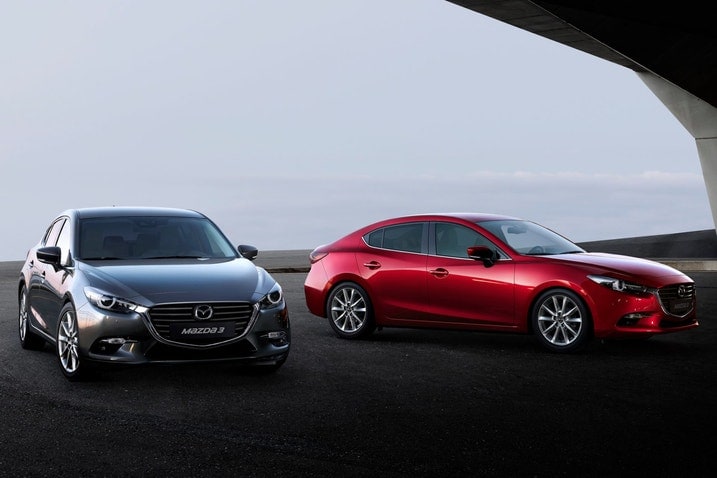


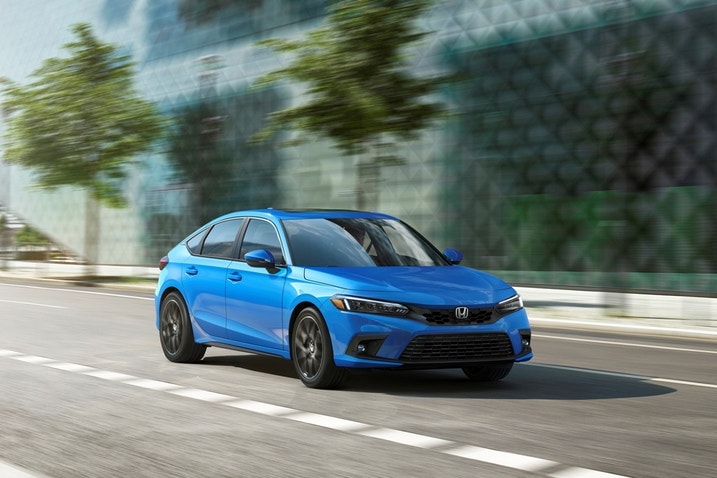

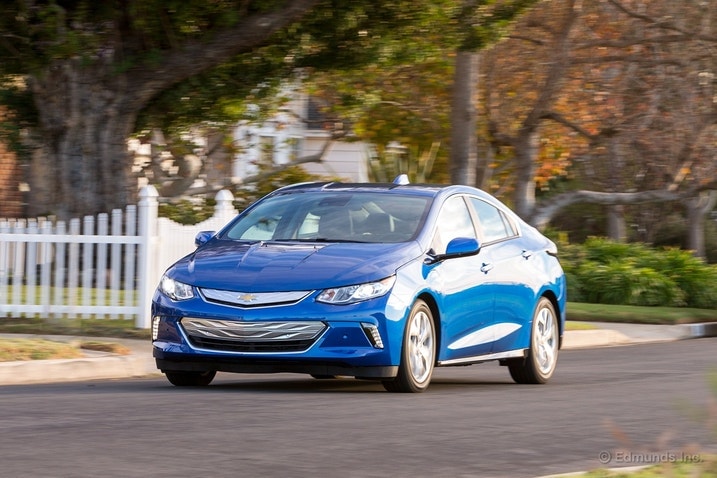




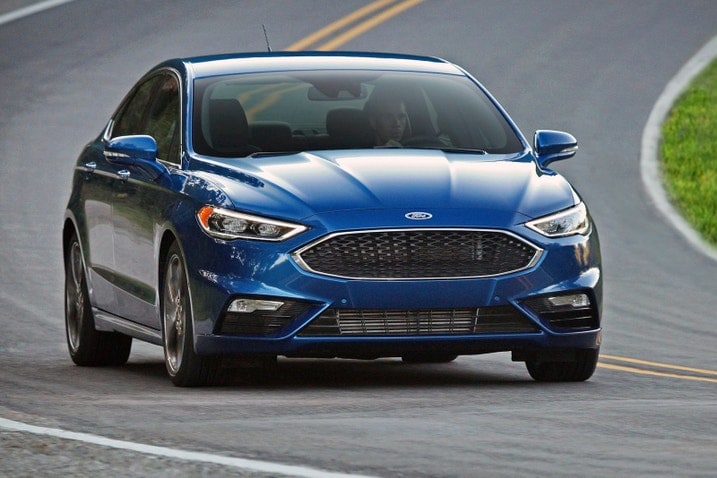
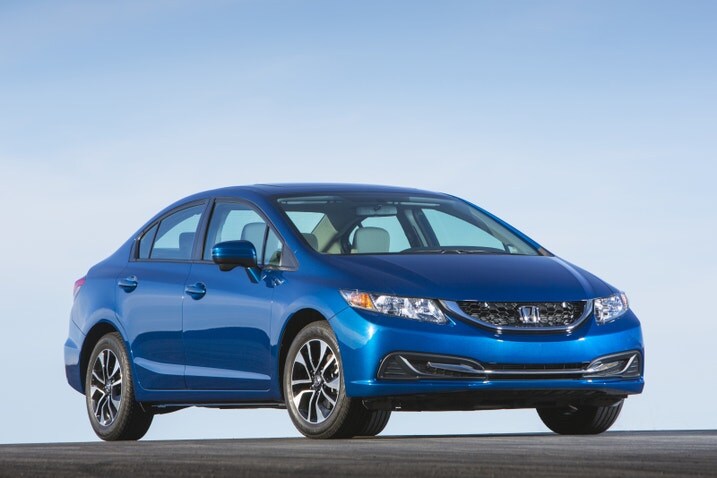
.jpg) by
by .jpg) edited by
edited by 
